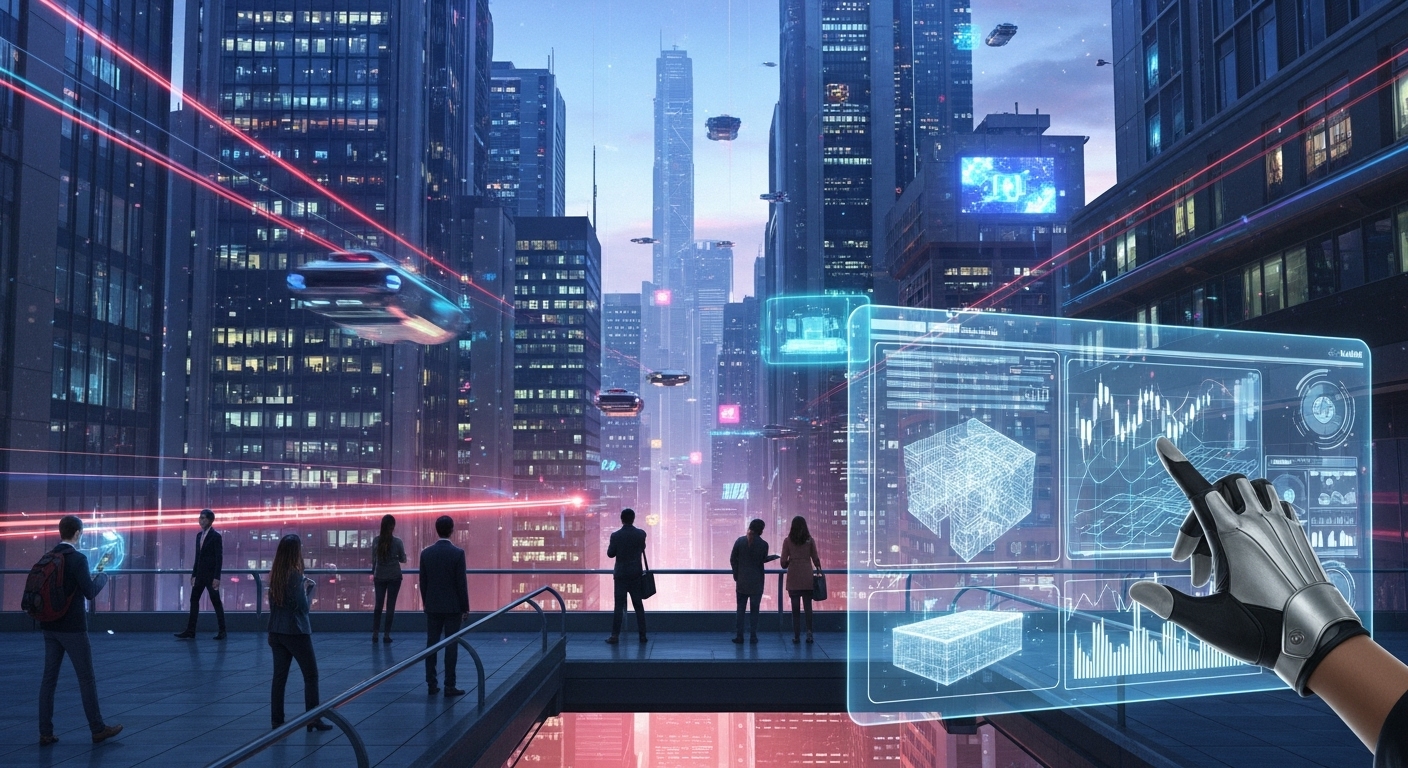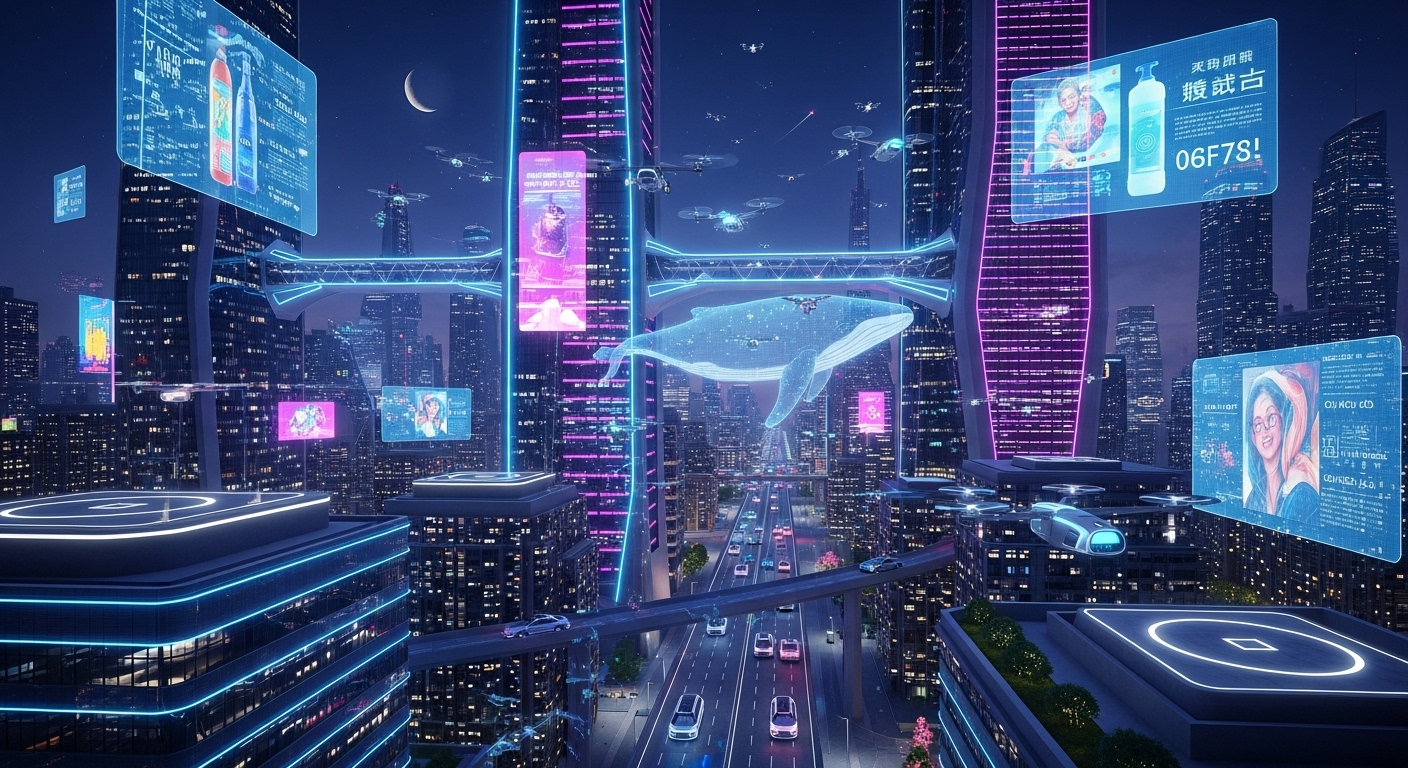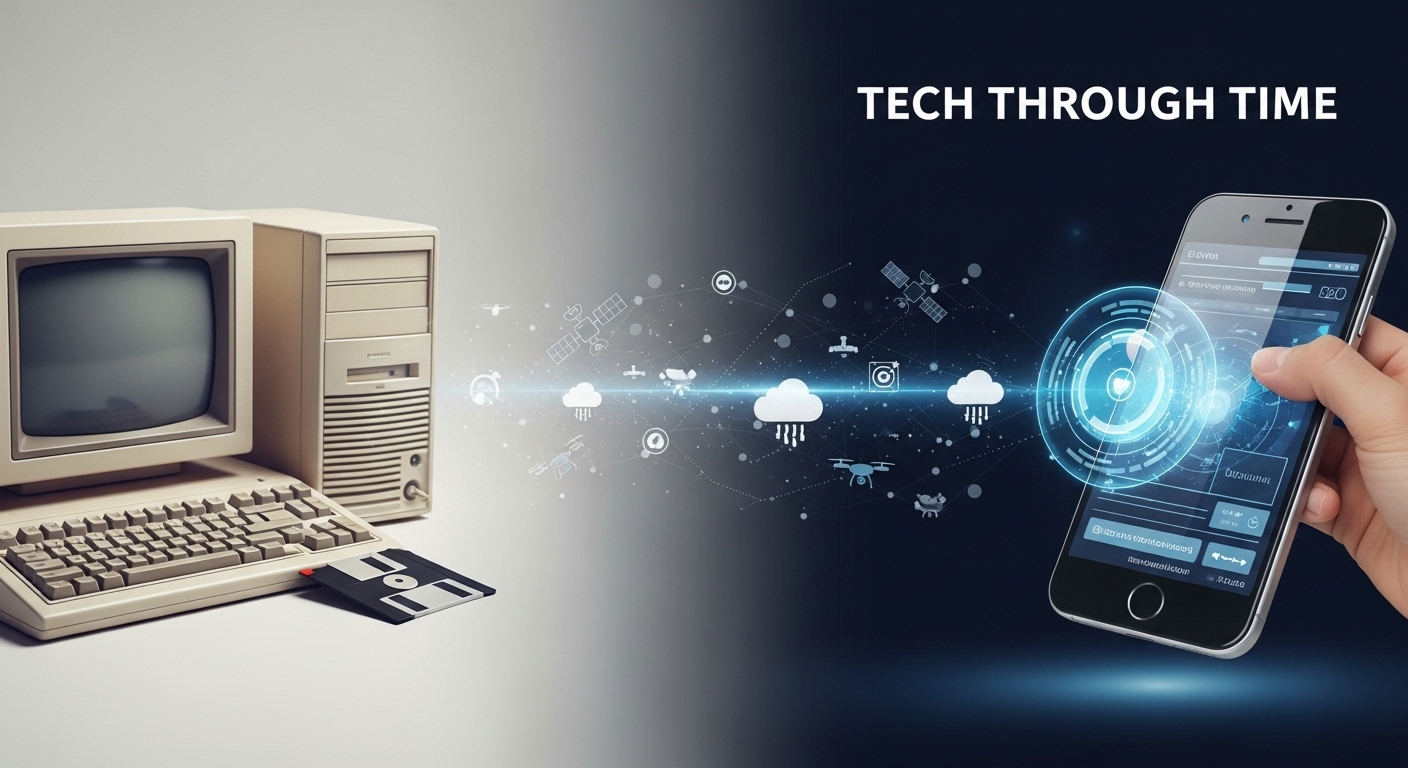Technology is no longer just a tool—it has become an integral part of our daily lives, influencing how we communicate, work, learn, and entertain ourselves. The rapid evolution of technology has transformed society, creating opportunities, challenges, and possibilities that were unimaginable just a few decades ago. From artificial intelligence to quantum computing, from the Internet of Things to advanced biotechnology, emerging technologies are reshaping the way humans live, interact, and innovate.
In this blog, we explore the evolution of technology, examine the most transformative advancements, analyze their impact across different sectors, discuss emerging trends, and consider the future trajectory of technological development.
The Evolution of Technology
Human civilization has always been shaped by technology. Early innovations such as fire, tools, and the wheel allowed humans to survive and thrive. Agriculture and the domestication of animals enabled societies to form settlements, cultivate crops, and trade resources.
The Industrial Revolution marked a significant turning point, introducing mechanized production, steam engines, and transportation systems that transformed economies and societies. Urbanization increased, productivity soared, and technology became a central driver of progress.
The 20th century witnessed electricity, telecommunication, and aviation, revolutionizing how humans moved and communicated. The invention of computers and the internet in the late 20th century initiated the digital age, enabling instantaneous communication, global connectivity, and unprecedented access to information. Today, technology is evolving exponentially, with artificial intelligence, robotics, virtual reality, biotechnology, and quantum computing leading the way.
Artificial Intelligence and Machine Learning
Artificial intelligence has transformed how machines process information, solve problems, and interact with humans. AI systems analyze massive datasets, identify patterns, and make predictions, often outperforming humans in efficiency and accuracy. Machine learning, a subset of AI, allows systems to learn from experience and continuously improve their performance.
AI applications are vast and diverse. In healthcare, AI assists with disease diagnosis, predictive analytics, and personalized treatments. In business, AI optimizes supply chains, enhances customer experiences, and automates repetitive tasks. Autonomous vehicles, smart assistants, and intelligent industrial systems showcase AI’s growing integration into daily life.
Machine learning also powers recommendation engines on streaming platforms, fraud detection in banking, and predictive maintenance in manufacturing, illustrating how AI permeates multiple industries.
Quantum Computing: Redefining Computational Limits
Quantum computing represents a breakthrough in computational capabilities. Unlike classical computers, which use bits as zeros or ones, quantum computers use qubits, allowing them to exist in multiple states simultaneously. This enables quantum systems to solve complex problems exponentially faster than traditional computers.
Applications of quantum computing span cryptography, climate modeling, pharmaceutical research, and advanced simulations. Quantum systems can accelerate the discovery of new materials, optimize logistics, and enhance cybersecurity. As quantum technology matures, it promises to revolutionize industries by enabling solutions to problems previously considered intractable.
Robotics and Automation: Transforming Industries
Robotics and automation are redefining manufacturing, logistics, healthcare, and service industries. Industrial robots streamline production by performing repetitive and precise tasks, while service robots assist in hospitals, warehouses, and retail environments.
Advancements in AI and machine learning allow robots to adapt to dynamic environments, collaborate with humans, and perform complex operations. Autonomous drones, robotic surgical systems, and automated warehouses illustrate how robotics improves efficiency, safety, and productivity across sectors.
Automation also supports sustainability initiatives by reducing waste, optimizing energy consumption, and enhancing resource management, demonstrating how technology can improve both economic and environmental outcomes.
The Internet of Things: Connecting the World
The Internet of Things connects everyday devices to the internet, enabling real-time data collection, analysis, and action. IoT networks include smart homes, wearable health monitors, connected vehicles, and industrial sensors.
In healthcare, wearable IoT devices monitor vital signs and detect early signs of medical conditions. In smart cities, IoT manages traffic, energy, and public safety, enhancing urban efficiency. Industrial IoT supports predictive maintenance and operational monitoring, reducing downtime and improving productivity.
The integration of IoT with AI allows for intelligent decision-making, creating environments where devices not only collect data but also respond to it autonomously. This connectivity is transforming how individuals, businesses, and governments operate.
Biotechnology and Health Innovation
Biotechnology has redefined healthcare and medical research. Gene-editing technologies like CRISPR allow scientists to modify genetic material with precision, offering potential cures for genetic disorders. Personalized medicine tailors treatment plans based on an individual’s genetic and physiological profile, improving effectiveness and reducing side effects.
Telemedicine enables remote healthcare access, particularly in underserved regions, while wearable devices provide continuous monitoring of health metrics. Robotic-assisted surgeries improve precision and reduce recovery times. Biotechnology and medical technology not only enhance patient care but also contribute to extending human longevity and improving quality of life.
Virtual and Augmented Reality: Bridging the Digital and Physical Worlds
Virtual reality immerses users in fully digital environments, while augmented reality overlays digital information onto the real world. These technologies are transforming education, healthcare, entertainment, and industry.
In education, VR simulations allow students to explore complex concepts interactively, while AR provides real-time data overlays for practical training. In healthcare, VR aids in surgical planning, rehabilitation, and mental health therapies. Entertainment industries leverage VR and AR to create immersive gaming, virtual concerts, and interactive storytelling experiences.
The integration of these technologies into professional and personal applications demonstrates their potential to enhance engagement, learning, and productivity.
Technology in Business and Industry
Modern businesses rely heavily on technology to streamline operations, improve customer experiences, and drive innovation. AI and data analytics support strategic decision-making, while cloud computing enables global collaboration and access to resources from anywhere.
E-commerce platforms have revolutionized retail, allowing businesses to reach global audiences without physical infrastructure. Blockchain technology ensures transparency and security in financial transactions, supply chains, and digital contracts. Automation and IoT improve production efficiency, reduce costs, and enhance product quality.
Businesses leveraging technology gain competitive advantages, optimize operations, and develop innovative solutions that address evolving consumer needs.
Technology in Education
Education has been transformed by technology. Online learning platforms, digital classrooms, and interactive educational tools make learning accessible to students globally. Knowledge is no longer confined to traditional classrooms, enabling self-paced and personalized learning experiences.
VR and AR technologies create immersive educational environments, while AI-driven platforms provide personalized learning recommendations and performance assessments. Technology empowers educators to deliver content creatively, engage students more effectively, and foster critical thinking and collaboration skills.
Technology in Healthcare
The healthcare sector has benefited immensely from technological innovation. AI improves diagnostic accuracy and predicts disease progression. Telemedicine connects patients with medical professionals remotely, expanding access to care.
Wearable health devices and mobile health applications allow continuous monitoring, preventive care, and early intervention. Robotic-assisted surgeries enhance precision, reduce complications, and speed recovery. Biotechnology and genomics enable personalized treatments tailored to individual patient profiles, improving outcomes and healthcare quality.
Technology in Entertainment
Entertainment has been transformed by digital technology. Streaming platforms, social media, online gaming, and esports have redefined content creation, distribution, and consumption. Audiences now engage with entertainment interactively and globally.
VR and AR create immersive experiences in gaming, virtual concerts, and educational entertainment. AI helps content creators understand audience behavior, optimize engagement, and deliver personalized experiences. Technology has revolutionized storytelling, performance, and the way people interact with media.
Emerging Technology Trends
Artificial Intelligence and Deep Learning
AI and deep learning continue to advance, improving automation, predictive analytics, and decision-making across industries. These technologies drive innovation in healthcare, finance, logistics, and creative industries.
5G and Advanced Connectivity
5G networks offer faster, low-latency connectivity, enabling IoT devices, autonomous vehicles, telemedicine, and immersive experiences. High-speed communication enhances productivity, collaboration, and global connectivity.
Quantum Computing
Quantum computing allows for unprecedented computational power, solving complex problems in cryptography, simulations, drug discovery, and material science. Its potential is transformative across multiple industries.
Sustainable and Green Technologies
Renewable energy, energy-efficient devices, and sustainable manufacturing processes address environmental challenges and promote a more sustainable future.
Human-Machine Collaboration
Integration of AI, robotics, and augmented intelligence enables humans and machines to collaborate effectively, combining creativity with computational power.
Ethical and Societal Considerations
Rapid technological advancement raises ethical and societal questions. Data privacy, cybersecurity, digital identity protection, and AI ethics are critical concerns. Automation may disrupt employment, necessitating workforce reskilling and adaptation.
Social challenges include misinformation, digital addiction, and over-reliance on technology. Ensuring equitable access is essential to prevent widening disparities. Governments, corporations, and communities must collaborate to implement responsible and ethical technology deployment.
The Future of Technology
The future promises continued transformation driven by AI, robotics, VR/AR, quantum computing, biotechnology, and IoT. Smart cities, autonomous transportation, personalized healthcare, and immersive digital environments will become increasingly common.
Sustainability and ethics will guide technological development, while collaboration between governments, businesses, and individuals will ensure responsible innovation. Digital literacy will be crucial for navigating an increasingly complex technological landscape.
Human-machine collaboration will unlock unprecedented creativity, efficiency, and problem-solving capabilities. Technology will remain a powerful force shaping the trajectory of civilization.
Conclusion
The rapid evolution of technology is reshaping human life in profound ways. Artificial intelligence, robotics, quantum computing, biotechnology, and immersive digital technologies are transforming healthcare, education, business, entertainment, and daily life.
While challenges such as ethics, privacy, and accessibility remain, the potential for technology to improve quality of life, drive innovation, and enhance global connectivity is unparalleled. Technology is no longer merely a tool; it is a fundamental driver of human progress, shaping the present and future of civilization.



